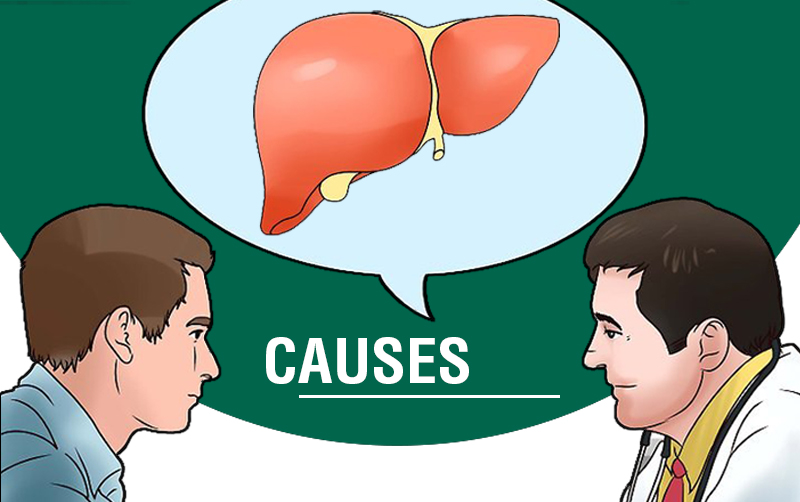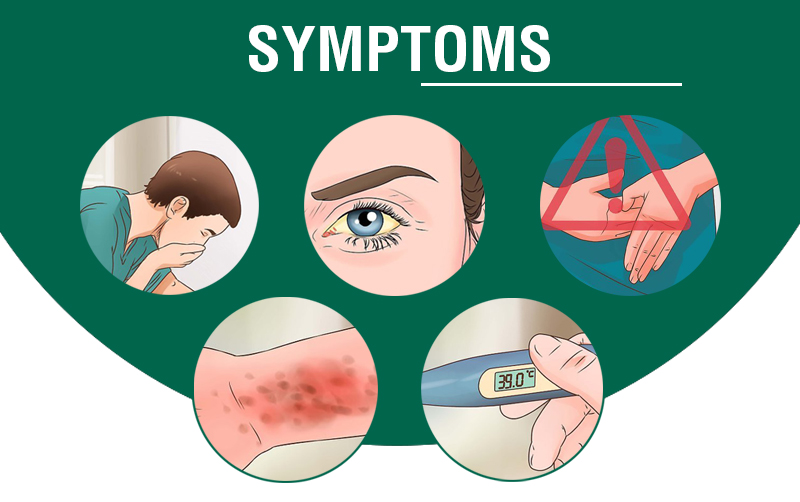Causes of jaundice
Old red blood cells travel to your liver and they are broken down there. Bilirubin is the yellow pigment formed which is responsible for the breakdown of these old red blood cells. When your liver is not being able to metabolize bilirubin the way it is supposed to do, jaundice occurs.
This is because your liver might be damaged and unable to perform this process. The bilirubin sometimes simply cannot make it to your digestive tract, where it normally would be removed through your stool. There may also be other cases where there is too much bilirubin that is trying to enter the liver at once or too many red blood cells dying at one time.
Jaundice in adults is indicative of:
- Alcohol misuse
- liver cancer
- Thalassemia
- Cirrhosis which is the scarring of the liver caused usually due to too much of alcohol consumption
- Gallstones (cholesterol stones that are made of hardened fat material or pigment stones that are made of bilirubin)
- Hepatitis A
- Hepatitis B
- Hepatitis C
- Hepatitis D
- Hepatitis E
- Pancreatic cancer
- G6PD deficiency
- Biliary (bile duct) obstruction
- Sickle cell anemia
- Acute pancreatitis
- ABO incompatibility reaction
- Drug-induced immune hemolytic anemia
- Yellow fever
- Weil’s disease
- Blood disorders such as hemolytic anemia (the rupture or destruction of red blood cells leading to a reduced number of red blood cells in your blood circulation, and resulting in weakness and fatigue)
- An adverse reaction caused by overdose of a medication or due to a medication
- Jaundice also occurs frequently in newborns, especially in prematurely born babies. An excess of bilirubin may develop in newborns as their livers are not fully developed leading to a condition known as breast milk jaundice.
Jaundice Levels or Normal Bilirubin Levels
Normal results for a total bilirubin test are as below:
- 2 milligrams per deciliter (mg/dL) for adults and
- usually 1 mg/dL for those under 18.
- For direct bilirubin, normal results are generally 0.3 mg/dL.
These range of test results may vary slightly from laboratory to laboratory.













